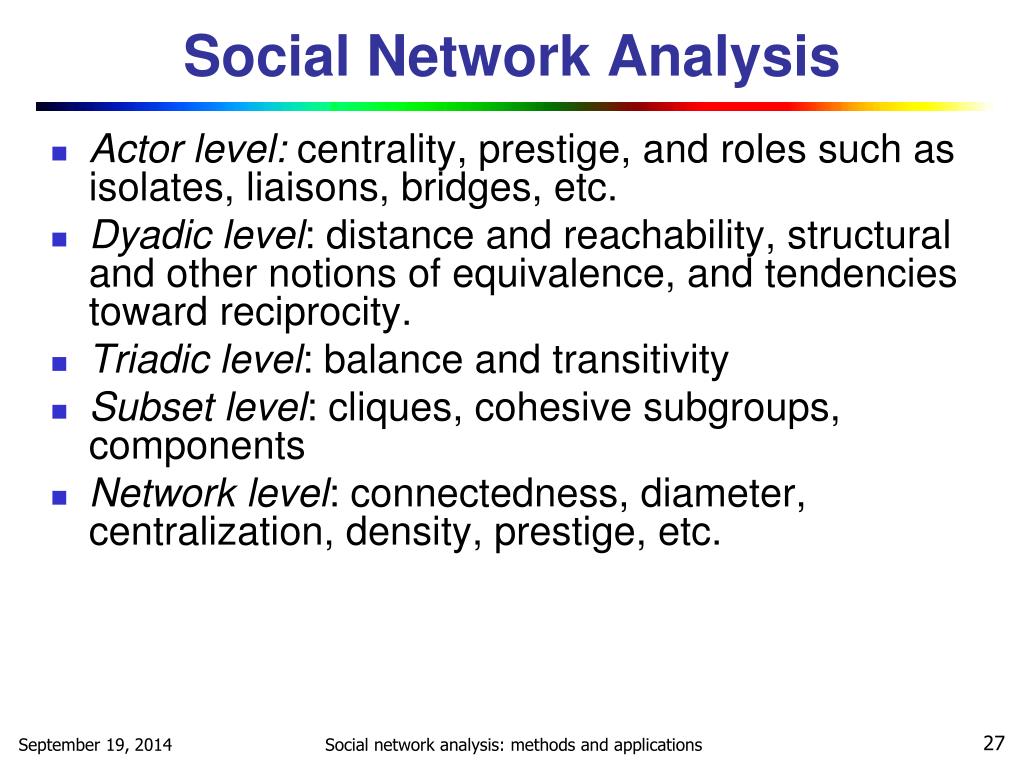

Capacity, measurements of any limitation on the volume of flow allowed, such as the number of lanes in a road, telecommunications bandwidth, or pipe diameter.īoth the edges and nodes are attributed with properties related to the movement or flow: Typically, these connection points, or nodes, are included as an additional dataset. In addition, information is needed on the network topology, representing the connections between the lines, thus enabling the transport from one line to another to be modeled. The core of a network dataset is a vector layer of polylines representing the paths of travel, either precise geographic routes or schematic diagrams, known as edges. Network analysis requires detailed data representing the elements of the network and its properties. The full implementation of network analysis algorithms in GIS software did not appear until the 1990s, but rather advanced tools are generally available today. Early works, such as Tinkler (1977), focused mainly on simple schematic networks, likely due to the lack of significant volumes of linear data and the computational complexity of many of the algorithms.

In the 1970s, the connection was reestablished by the early developers of geographic information systems, who employed it in the topological data structures of polygons (which is not of relevance here), and the analysis of transport networks. In fact, many of the early problems and theories undertaken by graph theorists were inspired by geographic situations, such as the Seven Bridges of Königsberg problem, which was one of the original foundations of graph theory when it was solved by Leonhard Euler in 1736. The applicability of graph theory to geographic phenomena was recognized as an early date. Network analysis is an application of the theories and algorithms of graph theory and is a form of proximity analysis. The digital representation of these networks, and the methods for their analysis, is a core part of spatial analysis, geographic information systems, public utilities, and transport engineering. Įxamples include but are not limited to road networks, railways, air routes, pipelines, aqueducts, and power lines. A transport network, or transportation network, is a network or graph in geographic space, describing an infrastructure that permits and constrains movement or flow.


 0 kommentar(er)
0 kommentar(er)
